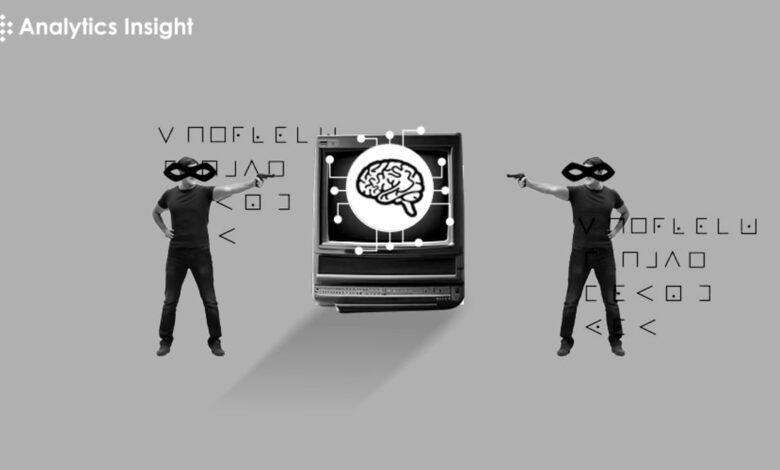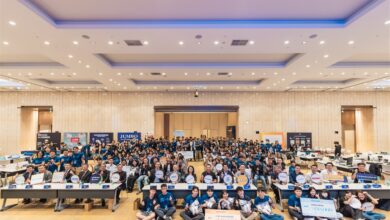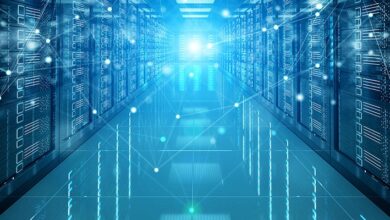Is Generative AI a Threat to Your Job?

Rapid advances in artificial intelligence, particularly AI-enabled technology, are transforming industries and raising questions about the future of work. Generative AI, which is capable of creating objects, writing code, drawing images, and even composing music, is becoming increasingly sophisticated.
Here’s a closer look at whether generative AI is a threat to your business and how you can navigate this evolving landscape.
Understand generative AI
Generative AI refers to algorithms, such as those behind GPT-4, that can create new features based on existing data. Unlike traditional AI, which can classify images or translate speech, generative AI can create original writing, artwork, and more. This capability is fueled by deep learning and large datasets, enabling AI to create human-like features that can be used in a variety of applications, from marketing content development to software development to customer service.
Risk factors for businesses
Automation of routine tasks:
Generative AI excels at performing routine, repetitive tasks, such as writing emails, creating reports, and creating marketing materials. This automation can lead to redundancies in activities related to such jobs, especially in administrative and clerical positions.
Problems in creative industries:
Creative fields such as painting, copywriting, and manufacturing may also be affected. Generative AI tools can produce high-quality images and data at a fraction of the cost and time, which is challenging for people who work hard in these areas.
Changes in tech and programming:
AI-generated code and software solutions can streamline development processes and prospects. They can reduce the demand for entry-level programmers and developers. However, this could also lead to a shift in focus on the complex and strategic aspects of software technology.
Opportunities and Flexibility
While generative AI poses some risks, it also provides opportunities and new ways of improving business performance. Here’s how employees can make a difference:
Embrace lifelong learning:
Continuous learning and skill upgrading are critical in the age of AI. Employees need to focus on developing new skills and keeping up with the latest technological developments. Online courses, certifications, and workshops can help individuals compete in the job market.
Benefits of AI as a tool:
Instead of seeing Artificial Intelligence as a competitor, employees can use it as a tool to enhance their productivity and creativity. For example, marketers can use AI to generate product ideas, while designers can use AI to explore new design possibilities.
Focus on people-based skills:
Skills that are inherently human, such as critical thinking, emotional intelligence, and complex problem-solving, are still in demand. These AI skills are essential for applications that are difficult for AI to simulate and require human communication and decision-making.
Conclusion:
Generative AI is undoubtedly changing the business landscape, creating both challenges and opportunities. While some roles may face displacement, others evolve or emerge, requiring shifts in skills and mindset.



